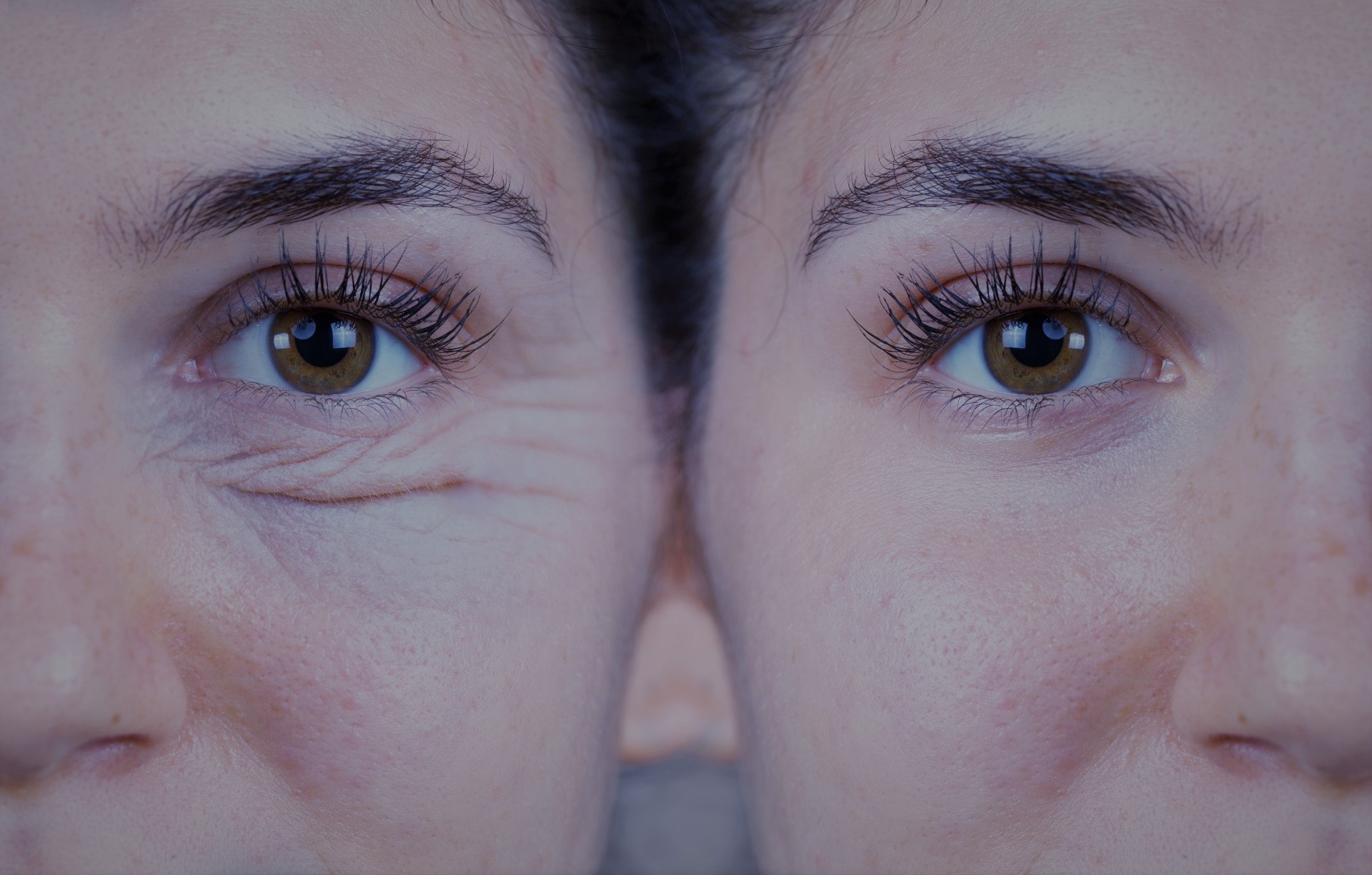Medical Aesthetic
Non-surgical eyelid aesthetics are the procedures that allow the removal of excess skin on the eyelids without making any incisions and without leaving any scars. Non-surgical aesthetic preferences have become very common in our country as well as in the world in the last 10 years. So much so that while aesthetic operations by performing surgery increase by 15% when compared with each other, non-surgical aesthetic applications increase by over 90%. This is how it evolves on a sectoral basis, state-of-the-art devices enable non-surgical non-surgical procedures, the efficiency rates increase, it can be applied easily, and the recycling and downtime recovery times are very short. Non-surgical eyelid aesthetics is divided into two as lower eyelid and upper eyelid. Lower eyelid procedures can be solved with under-eye light filling plasma mesotherapy PRP dermapen combinations. Plasma energy is not used in the upper eyelid. Plasma energy is the 4th state of matter. This is a new term, a type of process where solid, liquid and gaseous states of matter can rapidly transform into each other, a type of process in which a new generation of energy type is applied, and the beautiful thing is that the upper layer of the skin, the kerotinocytes, is burned while the surrounding tissues or the lower tissue of the skin are burned. inability to reach the subcutaneous tissue.
Operations with Plasma Energy
- Non-Surgical Upper Eyelid Surgery
- Crow’s Feet Lines
- Acne and Acne Scar Treatment
- Xanthelasma Yellow Fatty Tissue Accumulation in the Eyes
- Risk of Epidermal Nevuses and Moles Without Color and Shape Change
- Abdominal and Neck Lift
- Erase Scars
- Wart Treatment
- Freckle Treatment
Who is the treatment suitable for?
Patients who will be treated, have moderate sagging of the eyelids, have rapid tissue healing, do not want to have surgery, are older than the age that can be operated due to their age, and all people who do not have a disease with slow healing and insufficient wound healing, such as diabetes, benefit from this treatment method. Although a single session makes the person happy, it can be applied between 1-3 sessions. It is not applied to people who have active wounds and infections in the area to be treated, and to pregnant women. In addition, people who have used blood thinners for 1 week before the procedure and who use intense painkillers, antidepressants and alcohol are not preferred.
Things to Consider After the Procedure
In order to minimize the pain during the procedure, Kolak anesthetic cream is stretched for 30-40 minutes or local anesthesia can be injected in small doses in small doses. In this way, the person will not feel any pain during the procedure. The procedure takes 20-30 minutes on average for both eyelids. After the procedure, an antiseptic cream and a covering sunscreen are applied to your eyelid. You can renew this foundation-based sunscreen with an hourly interval until you go to bed after the procedure, wipe with neutral pH 5.5 soap, use an edema-solving wet dressing for 10 minutes, and use a recommended eye drop on the crusts only after the crust has formed. When you get up in the morning, after 10 minutes of wet dressing absorbing eye drops to the crusts, concealer sunscreen and spotlight, that is, fluorescent lamp, including TV and laptop lights, should be renewed every 1 hour. While the complete shedding of the crusts is 1 week for a person with a well-functioning metabolism, there may be patients who can take up to 1415 days. In the first few days, there may be intense edema on your eyelid. Your upper eyelid is the thinnest point of your skin, namely the epidermis, at 0.3 mm. For this, you can use an edema-solving solution or cream recommended by your doctor. Your crusts are where new baby tissue is formed under the treated area. For this reason, do not use your hands to pour, especially until the self-healing process and protect it from the harmful factors of the sun.
What are the Possible Side Effects of the Procedure?
Small tiny crusts occur in the treated areas. The most common side effect of the eyelid is edema. Your eyelid may swell. Don’t worry, it will disappear in 2-4 days. If you have applied outside the eyelid, you may see a pinkness that lasts for a few months. Rarely, spots or scar tissue may occur. If hygiene rules are not followed, there may be cases of infection.
Well, finally, let’s talk about this. I had this done. How long can I use? Do not forget, you should know that every procedure done to your body, whether with or without surgery, returns after a certain period of time, depending on gravity. In non-surgical eyelid aesthetics, this period is as long as 2-5 years. This period may vary depending on the person’s eating habits, metabolism, sleep and alcohol habits.

